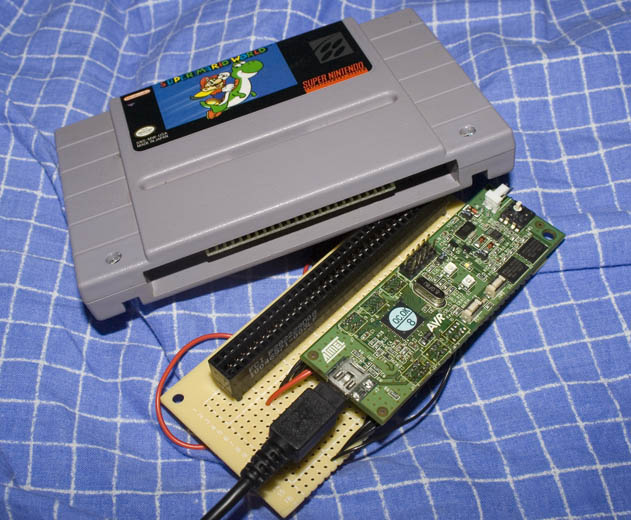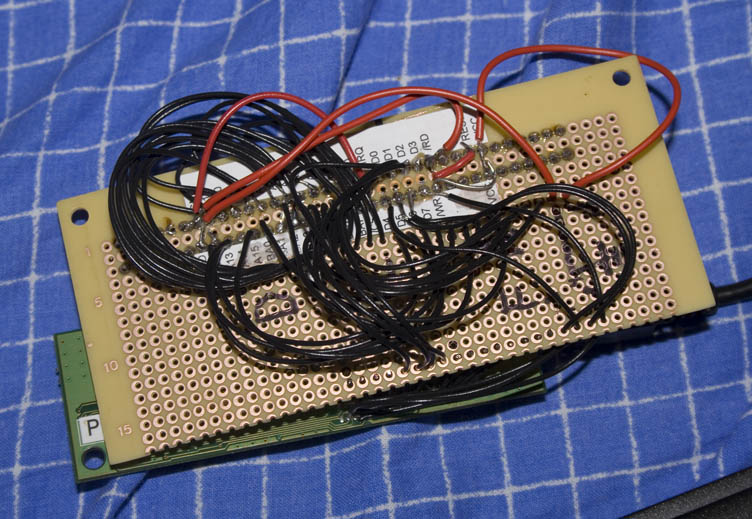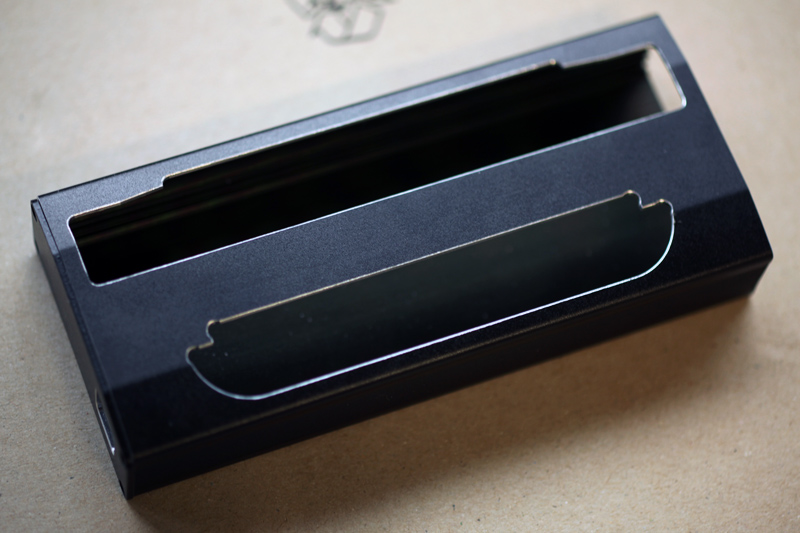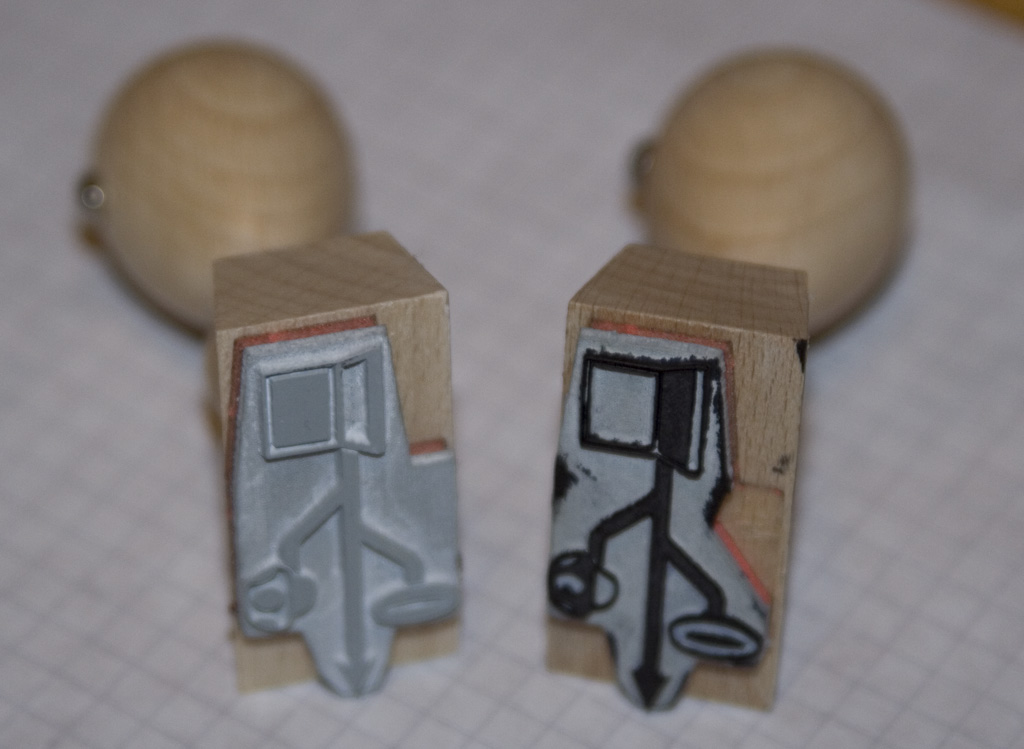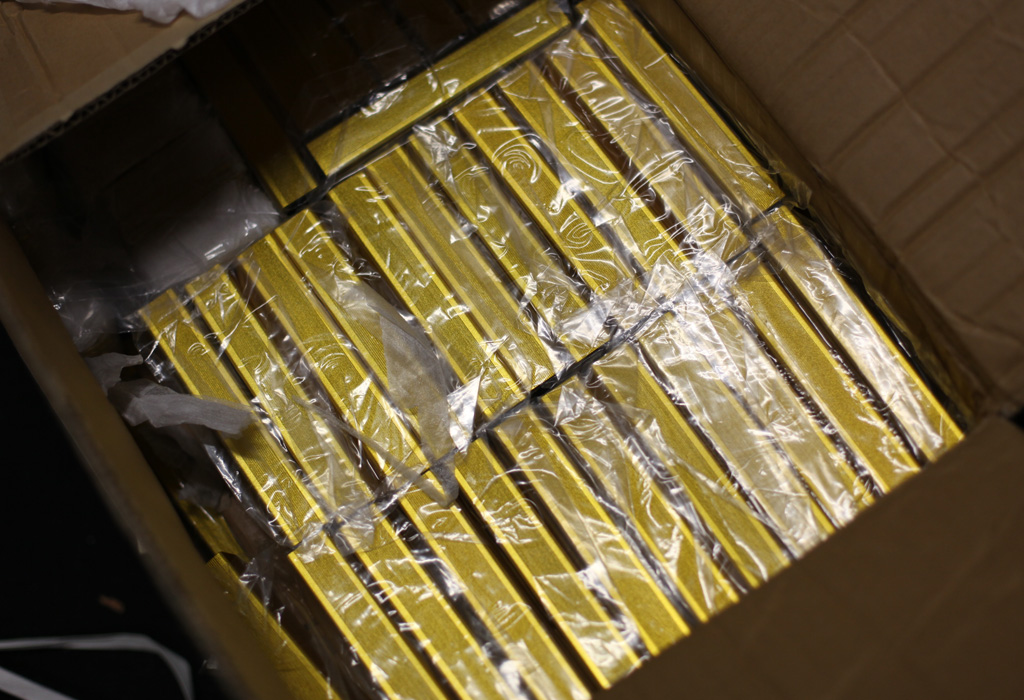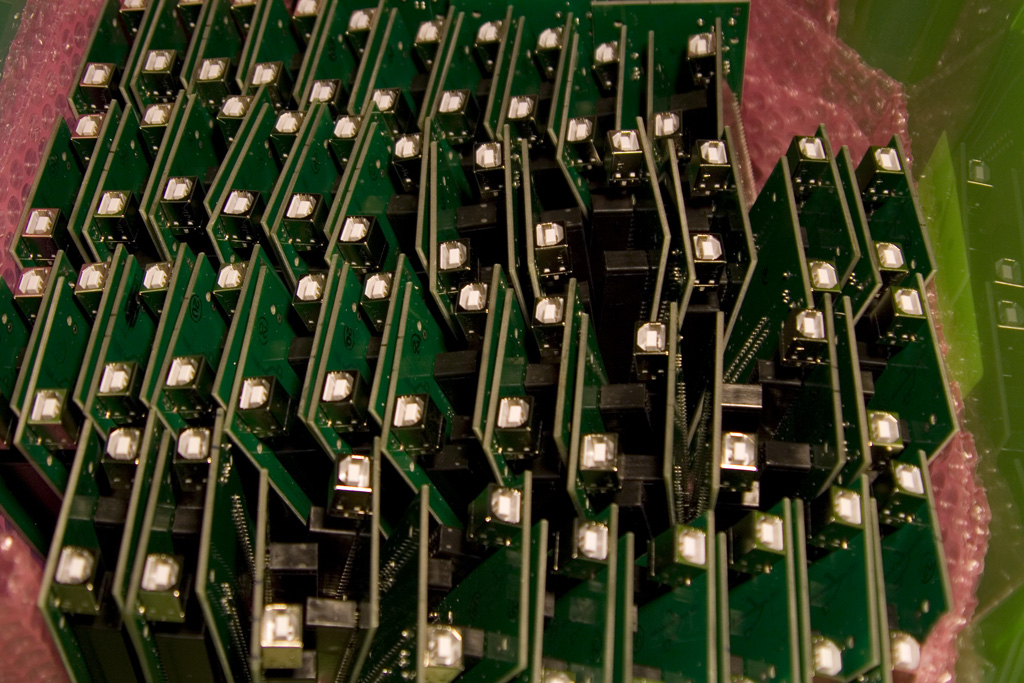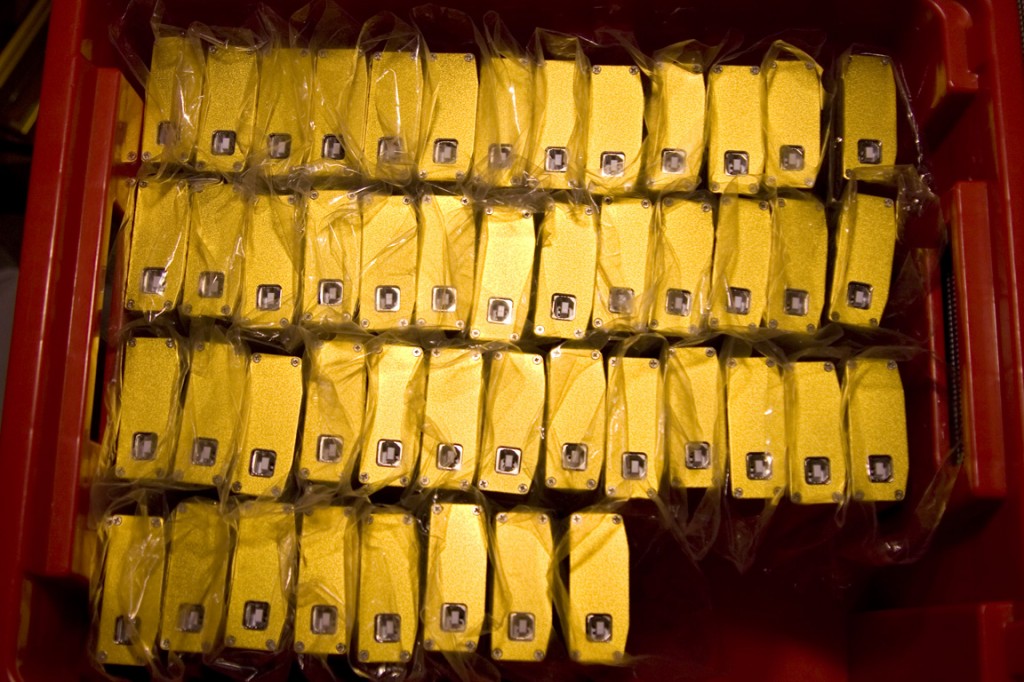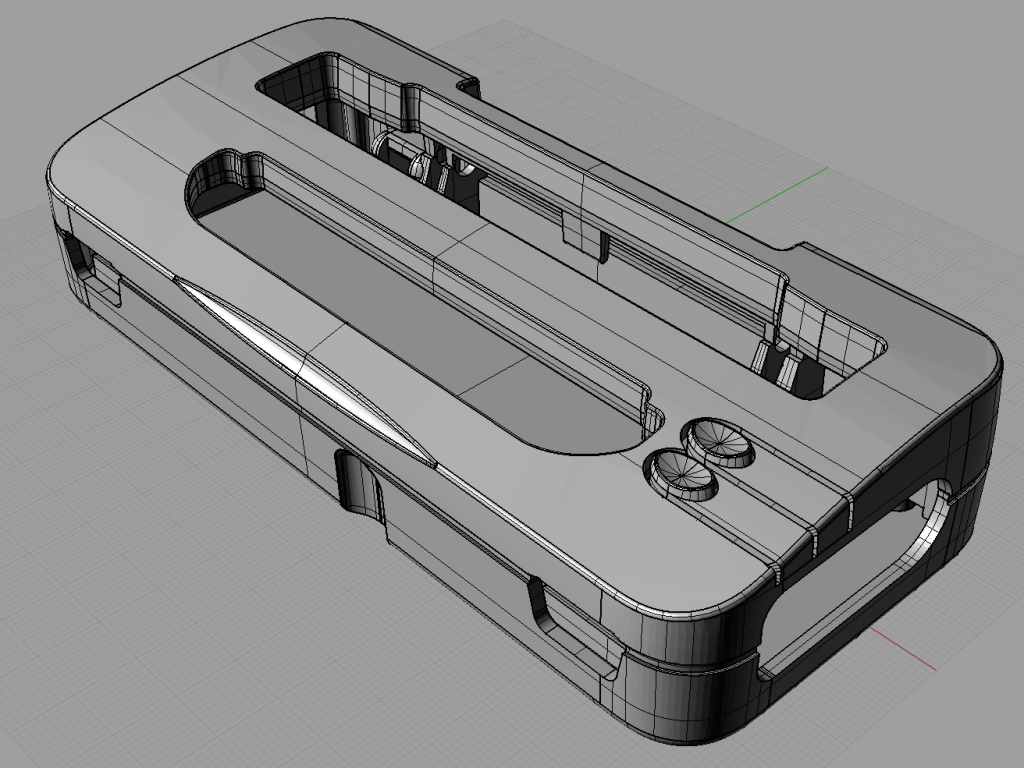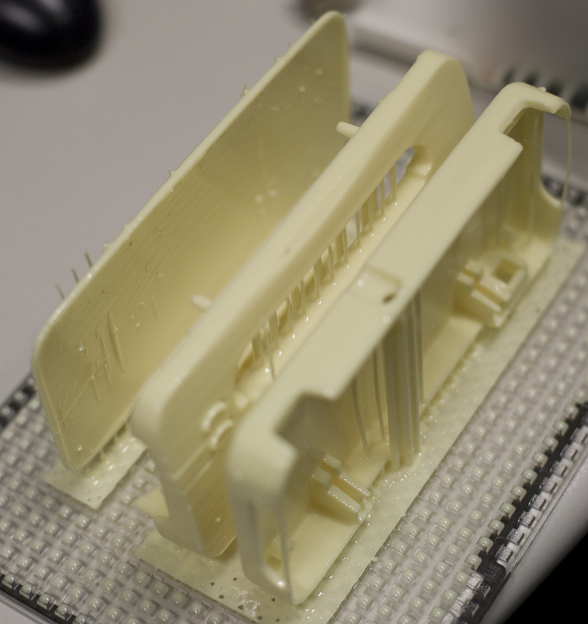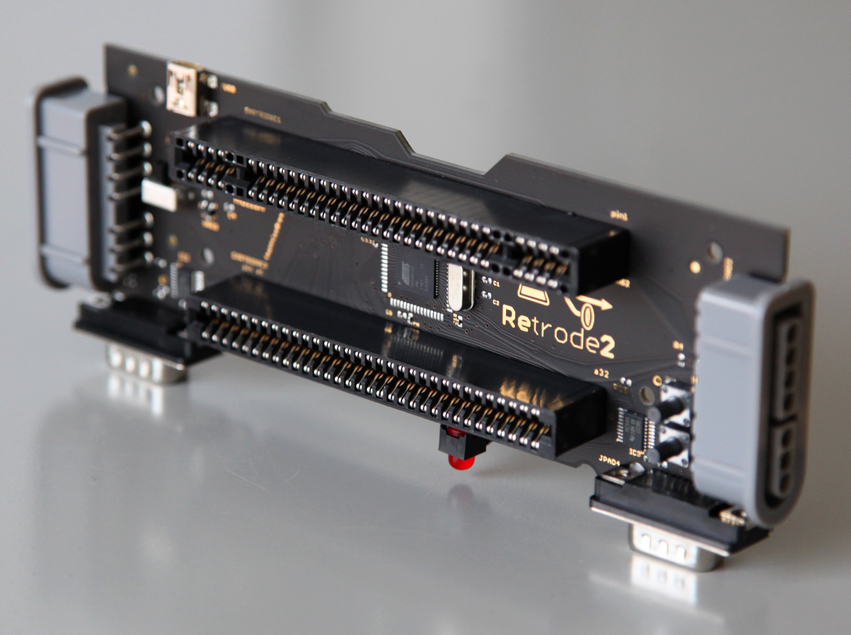From Snega2USB To Retrode 2: A Comprehensive History
Playing vintage games, such as those from the steeped-in-nostalgia Master System, Megadrive, NES and SNES days, has always been somewhat of a legal minefield. ROM downloads, as abandoned as those old games may seem, are frowned upon both by the companies who once sold those games, and the enthusiast communities who still enjoy playing them. Dumping your own cartridges has not exactly been traditionally easy to do either; requiring extremely obscure and rare hardware or a good head for hardware hacking. I’m certainly no expert in cartridge dumping, and nor are most folks, and a quick Google yields very little useful information… or didn’t, before Retrode.
The Retrode began life under a different name: “Snega2USB.” It was born on the Pandora forums as an idea for a Pandora accessory, with the first inkling of its impending creation posted on the 28th May, 2009 in a “Lets Talk USB Accessories” thread.
“I was thinking of a little device that accepts Super Nintendo cartridges on one side and pipes the ROM data to the host via a convenient interface (USB Mass Storage or Bluetooth or so, SMC/SWC files).” – Matthias
Not soon after, having fought off insane suggestions involving tiny aligator clips, gained a real interest in executing his idea and ordered parts , Matthias posted the following on the 6th June:
“Well, here’s a first success: I got the dev kit this morning, and after a few hours of fiddling with soft- and hardware, I have now a USB device that appears to the operating system as read-only Mass Storage, hallucinating a FAT16 file system with the skeleton of a SNES ROM file. Now, all that remains to do is to hook up a real cartridge and to pipe the ROM data through the USB…. Does anyone happen to have a cartridge of your least favorite game which you would donate for this noble cause? :-)”
And then, on the 13th June, came the following:
“Regardless of the general public’s indifference with respect to this issue, I hereby announce (to the best of my knowledge) the first-ever USB reader for Super Nintendo/Famicom cartridges! Instead of downloading pirated r0mz from Russian w4rez/pr0n sites, you can now show the world how cool you are by plugging real game cartridges into your laptop/smartphone/Pandora 🙂 Both hardware and software need a lot more work, but the most important game of all (SMW) is already playable straight from the cartridge…
Parts: about US$ 20 from Digi-Key. (actually, I got a development kit which was a bit more expensive but also has a lot of useless crap on it)”
And thus it was born. Starting as a loosely cobbled together set of components that read a SNES cartridge, following on from the idea that Matthias had on May 28th; the idea to create a ROM “reader” rather than a “dumper.” The Snega2USB boasted the ability to read a cartridge and display an ordinary, emulator readable ROM to your computer via an emulated USB mass storage device. In simple terms, it’s a sort of Cartridge to USB Drive converter and offered a legal means of playing SNES games in an emulator by circumventing the need for a ROM dump.
The original components consisted of an Atmel AT90USBKey evaluation board, a liberal quantity of wires, some prototyping PCB and a stonking great big connector. When he started, Matthias wasn’t particularly well versed in this sort of hacking but found it surprisingly easy.
And even back then, the idea of expanding the Snega2USB to support other formats was gestating.
On the 15th June came this post:
“[snip]on the hardware side this is really just the development kit plus a huge bunch of cables. Unfortunately, I built the firmware upon a sample application from Atmel, and their license forbids the distribution of the source. (I can still explain what I did, and even spread the binaries, though :-))
To make the whole thing a bit more beautiful (and perhaps put it in a little plastic case), I designed a circuit yesterday that just contains all the essentials on one board. I will do some testing, add more game systems, etc. and once the whole project reaches a state where it can go public, we can think about group-ordering a batch of professional PCBs and parts (almost everything gets a lot cheaper at as few as 25 pieces)”
Matthias threw together a video demonstrating his hackery, and it garnered an overwhelming response that really spurred on the idea of a mass-produced version.
The early prototype of the Snega2USB, shown June 2009.
“Well now, I made a pretty lousy video and within 48 hours the whole thing exploded into a veritable WWW hype (the project was featured on Hackaday, Engadget, and Gizmodo. Over 13,000 views on YouTube).” – Matthias
Not soon after in July, the first hardware version was assembled, dubbed 0.0 and supporting SNES/NES cartridges via one slot, and Megadrive via the other ( which, in this version, was placed on the opposite side of the board ). And not soon after that, the first MD/Genesis game was up and running with many more to follow.
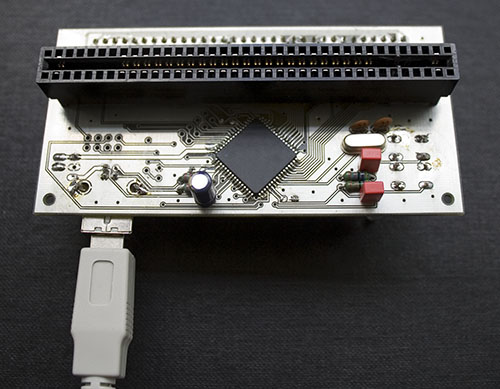
The irrefutably sexy 0.0 Snega2USB
The Snega2USB quickly gained the ability to talk to SNES and Megadrive carts simultaneously and thus its dual slot form factor was born. All future Retrode models would have both SNES and MegaDrive slots with support for other formats offered via adaptors.
Predictably, in July 2009 the question of legality arose and it’s fair to say that the Snega2USB occupies a legal grey area; although it’s generally accepted as about-as-legal-as-it-can-get to play classic games directly off the cartridges using an adaptor. This grey area is still unresolved, and even cut-and-dry legality has never been a solid defence against overzealous copyright infringement claims. With pretty much every classic game in existence already dumped, too, the Retrode isn’t exactly a new threat.
The first industrial prototype arrived in September 2009, and was the first to sport the dual slot on one side design that both the Retrode 1 and 2 inherited. This design was simply a logical progression; pushing carts into either side would have been remarkably awkward.
Another early sign of a feature that didn’t make it into production until the Retrode 2 was the SNES gamepad extension. The original Retrode has pins for such an extension, but it was never available out-of-the-box and required some modding to get up and running. Some enterprising folks did just that, and demonstrated it to be a desirable and handy feature that would be worth integrating.
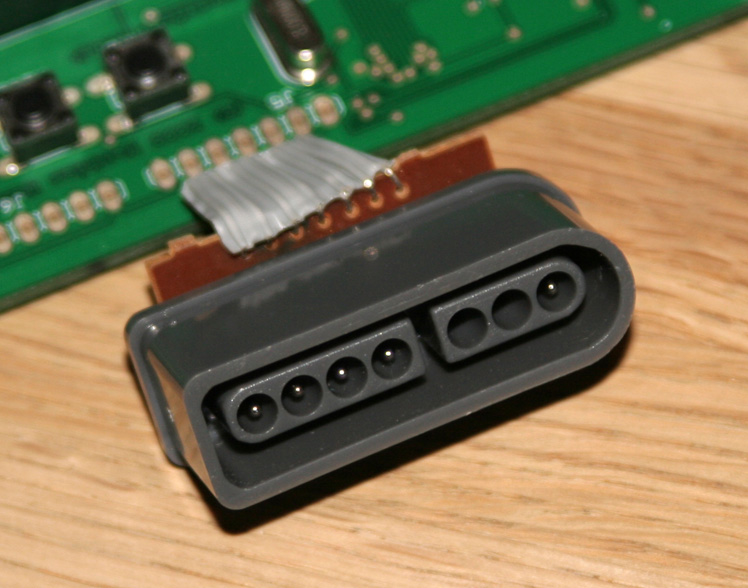
Next up, in October 2009, a new firmware featured made it to the mix; the user config file. This boasted gamepad binding settings ( now pretty essential for the Retrode 2 ) and various other settings; including user-configurable file extensions for different ROM formats. The config file is the bane of many Retrode owners existence. Because of the way text editors attempt to write it back to the Retrode, attempting to rename the existing file, write the new, and delete the old, most GUI text editors would fail miserably at saving the config file. Strangely, Windows users were generally saved from this issue, and linux/OSX users would quickly find that copying the file to a temporary location and back would circumvent any problems.
The firmware for the Snega2USB would be user updatable, paving the way for future cartridge adaptors from Atari 2600, to N64, Gameboy Advance and, most recently, Sega Master System and Game Gear. Slightly more obscure adaptors include the Neo Geo and Virtual Boy which have been put together by Retrode users.
In November following a flood of pre-orders, case sampling began and the first case sample in a fetching black, arrived soon after.
This quickly moved on to the first fully assembled unit in December 2009. This is also when it became evident that the cut-out edges of the cartridge slots would contrast too much with the black ( I actually like that contrast! ) and thus the yellow/gold Snega2USB colour was chosen. As much as I like black, the gold Snega2USB is a product to behold and its metal casing still looks and feels stunning.
Also in December there were logo printing experiments involving rubber stamps. Yes. Rubber stamps! It was pretty quickly decided that the print should be professionally silkscreened, but I can’t help but add this picture for posterity:
In January 2010, following a failed renaming competition, Snega2USB became known as Retrode.
Also in January, the Retrode was tested with the Wii. I’ve done this myself, and I must say it’s a fairly nifty set-up. Playing classic games from their original cartridges has a visceral, nostalgic feel that just cannot be replicated with soulless digital copies.
Retrode, Wii? You bet sir!
The highlight of January 2010, however, has got to be the casses. Arriving en-masse in a cardboard box, they resembled a shipment of gold bars.
And, thus, the glorious golden Retrode 1 was born into legend.
In February, the mainboards arrived, their vibrant green giving off a definite air of the recently passed festive season.
And lo, on the 11 February, 2010. The golden Retrode 1 did ship. Again, looking like a big shipment of gold bars the Retrode 1 had a signature look that will not soon be forgotten by its owners and followers. I, for one, will cling desperately to mine for all eternity.
Work didn’t stop here, however. Aside from the obvious scheming for the birth of the Retrode 2 there was very soon a plug-in adaptor for the N64. I had quite the adventure getting one up and running, having bought the components off Matthias and proceeding to apply to them my complete and total lack of soldering skills. It was my wife who rescued me from the abyss, although the Gameboy/GameBoy Advance part of the adaptor proved to be too tricky for either of us to overcome and thus it remains in a drawer somewhere, unused to this day. And I really loved Golden Sun 1&2, too. *tear* I did manage to play Mario 64 right off the cartridge, though, so all is right with the world.
It wasn’t until late that I actually picked up my Retrode, snagging one of the last remaining few which had a blemish. It’s one of the finest homebrew pieces of hardware I’ve ever owned, and I regret not having a large enough collection of classic games to really put it to use. Still, at least I’ve got an excuse to change that!
Retrode 2
The first rumblings of the Retrode 2 came in early 2010. It would ditch the difficult to produce metal casing of the original Retrode in favour of injection moulded plastic. The benefits here were obvious; adding the cut-outs for game controller ports, the LED and the buttons would be far, far easier in plastic than they would in metal. It’s a sad thing, however, for those of us smitted by the metal Retrode 1.
A 3D-printed prototype soon followed, showing the new “lid” which would keep dust out of those cartridge slots when closed. With the final Retrode 2 in hand, I can say the lid was a great move. I’m dying to stuff a Raspberry Pi into the Retrode 2 case in an attempt to make it a self-contained emulation platform.
At the end of March 2010, a video teased the Retrode 2. Pre-ordering would kick off 3 months later with a standard package, double package and fast track package. Pre-orders exceeded targets and the Retrode 2 was a sure bet.
Fortunately, for fans and owners of the original “Gold Edition” Retrode all future plug-in adaptors will work with both the Retrode 1 and 2, and firmware will be maintained for both versions. So, if you’re looking to pick up a Retrode, love the gold metal aesthetic of the original and don’t need game controller ports; you might still be able to snag a Retrode 1 from someone upgrading to the 2.
The Retrode 2 integrated many of the features that were, in no small way, a hacky mess on the original Retrode. Most notably for users of plug-in adaptors, a converter to change the 5v USB into 3.3v was added internally instead of the fiddly USB cable adaptor which was required before.
In August 2010, the 500kg injection mould for the Retrode 2 was finished. The tooling process involved a few delays which knocked the shipping date back to a projected October. The following month the first black plastic, fully assembled Retrode cropped up following the unfortunate news that natural ABS cannot be made transparent. The original idea was to have the Retrode 2 casing transparent to show off the extremely sexy internals. Yes, they’re sexy! No, I’m not a robot. There’s just something about a black and gold circuit board that makes me really want to stick a panoramic photo of it above my bed.
A glut of new videos arrived, and I’m going to have to link to those lest this page begin to explode your browser:
Thank you for your pre-order! ( Retrode 2 Roadmap )
Retrode Video #6: Connecting and using the Retrode 2
Bear with me, this stuff is well worth a watch if you’re at all interested in the hardware. Homebrewed projects like this should be adored and thoroughly supported, lest they die out!
In October 2010 the final samples arrived and were gratuitously photographed, painted and printed. The Retrode 2 was back-in-black, reminiscent of its first metal brother and boasting more new feature than you could shake a pointy stick at.
In November, the positively alluring final mainboard was also pictured. Hey, don’t look at me like that! Hardware can be attractive.
Finally, in December 2011 the Retrode 2 began shipping.
We’re now in early 2012, and the Retrode 2 is readily available from the official online store. Clocking in at EUR71.80, or about £60, it’s certainly not for the casual nostalgic, but it packs a huge number of features into this price, not to mention a lot of room for improvement with future plug-in adaptors for all sorts of consoles. At the moment you can’t buy plug-in adaptors off-the-shelf, but they should go into production, and shipping, sometime later this year.
So, that wraps up the history of the Retrode. It’s a boon to the vintage gaming community, and replaces those obscure, expensive and arcane ROM-dumpers with a slick, plug-and-play solution which, if you’re so inclined, supports drag and drop ROM dumping. For those of us who like the nostalgic twang that comes from selecting a physical cartridge, blowing off the dust, and pushing it into its slot before we fire up a game; the Retrode may well be the only way to go.
If your classic collection has been neglected because your console has bit the dust, or you simply can’t keep a clunky old display handy to hook it up to, the Retrode 2 should be your cup of tea. I, for one, am really looking forward to the day when I can pick up those GBA/N64 and SMS/GG adaptors. I’m, admittedly, a little young to feel the pang for the Atari 2600.
GB/GBA/n64 and SMS/GG adaptors are slated for, possibly, Q2 2012 however we could see the latter slightly earlier as the parts have already been sourced. The SMS/GG is still a work in progress although the board is finished and the adaptor works, it has no case and has not yet gone into production. Another caveat is that the Game Gear connector will not be supplied; they’re virtually impossible to source in any sort of quantity, so you’ll likely have to find and solder your own.
The future of Retrode
At the moment very little has been alluded to about what we might expect of the Retrode in the future, but one particularly exciting thing is Matthias’s clear interest in kicking off the idea of a Retrode combined with an embedded system. A sort-of open-source multi-emulation console built around the Retrode, if you will. It’s a great idea, and hopefully when the inexpensive Raspberry Pi starts shipping we’ll see people give it a good crack, and might even get a reasonably easy to follow homebrew console guide.
Once emulators and software are up and running on the Pi, it should be trivial to put the two together and make an interface that’s compatible with the controllers. Only time will tell!
Update 2013/03/22
You can now buy the long awaited plug-in adaptors for the GB*, N64 and Master System! Head on over to the Retrode website to find out more.
Images and videos used with permission from and thanks to Matthias Hullin, Retrode.org
